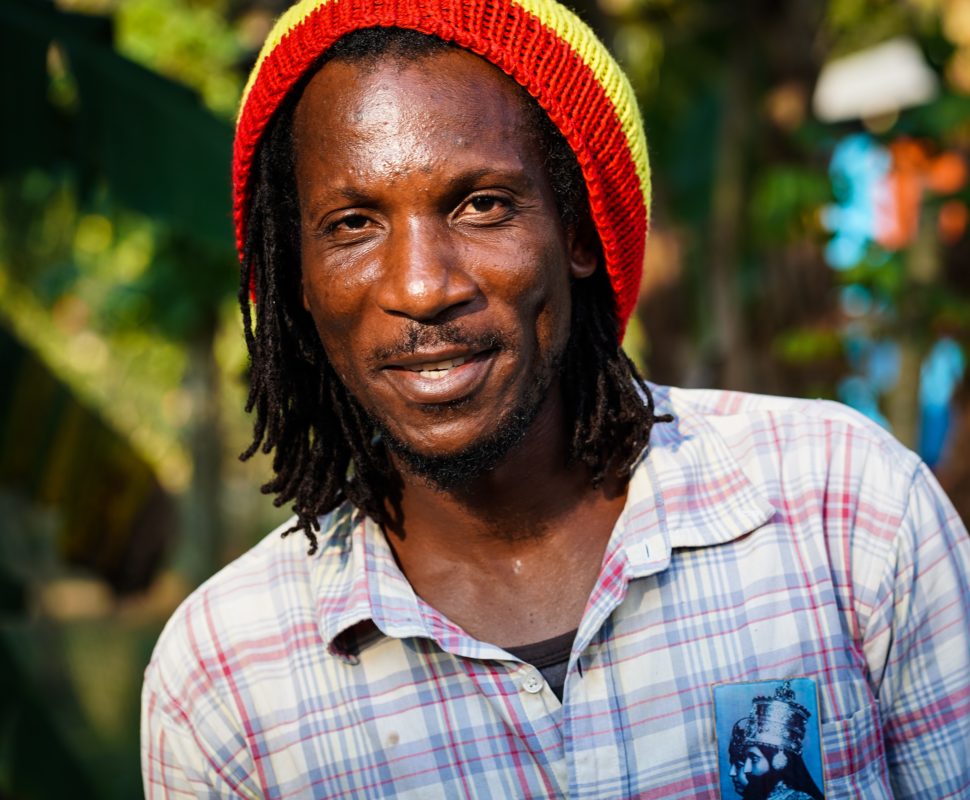Jamaica, the largest English-speaking island in the Caribbean, and Cuba, the largest island in the region are old friends.
They were at some point under Spanish and British rule. The Spanish were the first Europeans to arrive on Jamaican shores, starting with the arrival of Columbus in 1494. Columbus was Italian, but the Spanish monarchs financed his voyages.
According to Frommers, “the Spanish colonists accomplished very little other than wiping out the Arawaks. Every last one of them died of disease, overwork or malnutrition,” and those who survived were enslaved.
After years of terrible management of Jamaica, the British kicked the Spanish out in 1655. The Spaniards fled to Cuba, though some of them were already there. BBC states that “Columbus claimed Cuba for Spain in 1492,” and Diego de Velazquez founded Baracoa, the oldest city in Cuba, in 1511.
Frommer’s notes, “in 1657 Spaniards based in Cuba initiated a last-ditch effort to recapture Jamaica. Two of the fiercest and biggest battles in Jamaican history pitted the Spanish against the British. The defection from the Spanish army by some Maroons (escaped slaves and their descendants living in the Jamaican mountains) led to the permanent exit in 1660 of Spanish troops from Jamaica. Humiliated, these soldiers escaped to Cuba in canoes.”
Cuba was briefly in the hands of the British in 1762. But thanks to the Treaty of Paris, Spain regained power a year later. That came to an end following the Spanish-American War in 1898, and the U.S. took over Cuba. Finally, in May 1902, Cuba became a republic. Because it was under Spanish dominion for so long, Cuba got its language and religion from Spain, which endures today.

How did the friendship between Cuba and Jamaica start?
According to Ole Time Sumting, Jamaicans seeking the kinds of socio- economic opportunities unavailable at home, looked to Cuba, Panama, Costa Rica and Nicaragua. In the early 1900s, “thousands of British West Indians traveled to Cuba to labor in the agricultural industry or to occupy niches in the service industry.” However, there were some complications, largely owing to colorism. Some Cubans looked down at Jamaicans for being Black, conveniently ignoring Cuba’s place in the African diaspora. These Cubans wanted to keep their island as white and “pure” as possible. In doing so, they perpetuated the philosophy drilled into them by Europe.
By the 1970s, things were much better and formal diplomatic relations between the islands were underway. Cuba built a series of schools and clinics in the more rural parts of Jamaica. One example is José Marti Technical School in Spanish Town, named for one of Cuba’s national heroes.
Jamaica extended hospitality as well. According to Jamaican Journal, “on March 08, 1996, the boat in which fifteen Cuban refugees travelled, came ashore Jamaica in Discovery Bay, St. Ann. The vessel has since been restored and a monument along with the boat can be seen today on the site where they landed. It is situated along the beach on the Half Moon resort property.”
Both islands have produced some influential figures and some have crossed paths. In 1980, then Jamaican prime minister Michael Manley met with Cuban leader Fidel Castro. As noted by The Washington Post in an article written at the time, “Jamaica is in a unique position as the Caribbean nation with the longest close relationship with Cuba and, at least among the English-speaking islands, the one with the most ties with the United States.” Both Manley and Castro distrusted the U.S. for similar reasons.
On the entertainment front, Cuba produced the Queen of Salsa, Celia Cruz, who had a career spanning decades. Desi Arnaz is principally known for being on I Love Lucy, but he was also an accomplished musician. Jamaica was the birth place of Bob Marley and many other Reggae and Dancehall artists.
Lastly, these nations pioneered popular music genres. Cuba birthed Salsa while Jamaica created Reggae, and both of these have heavy African influences.





